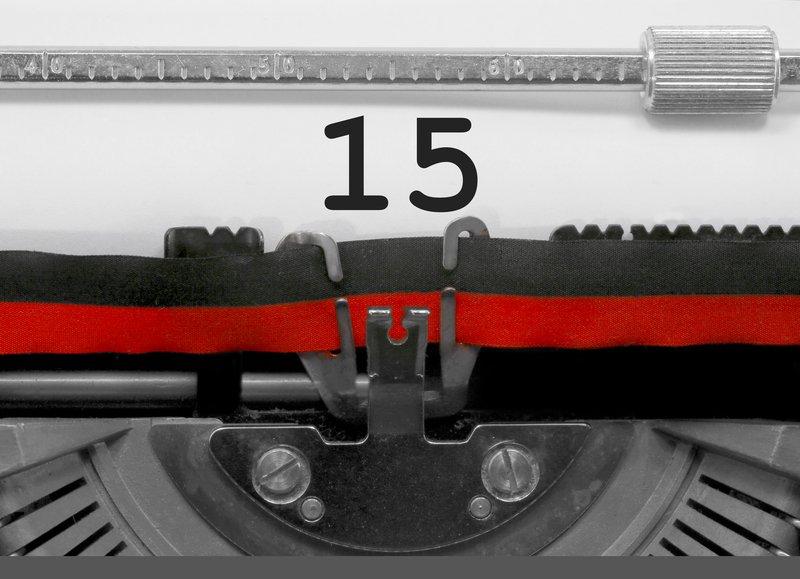Most companies will face some kind of cash flow problem at some point. Temporary cash flow problems or financial squeezes usually arise out of matters outside of the immediate control of the directors, but when problems like this happen, it’s vital to take the right steps and move quickly to ensure the issue doesn’t escalate.
To help you navigate safely through troubled financial waters, we asked Richard Saville of Corporate Financial Services to set out the 10 key steps you need to consider when your business is faced with a financial problem.
Before we list the steps that we believe can help new business when facing a cash flow problem, we think it only prudent to stress the importance of having at least some kind of basic business plan before embarking on your new corporate venture. This should cover the very basics such as:
- Target market
- Funding
- Logistics
- Suppliers – terms
- Resources required – both human, technological, asset
- Office infrastructure
Assuming that this is all in place and the reason you’re looking at this page is down to some particular cash flow/other debt problem that has arisen, we’ve set out below the ten key steps that we think will help you identify the problem and hopefully find a solution to it.
These 10 steps turning around a struggling business are based on a lifetime of first-hand experiences and are not taken from any academic textbook!
1. Recognising the business has a financial problem
The most obvious starting point, has to be recognising that you have some kind of financial problem and being prepared to face up to it and deal with it. So often directors will shy away from the fact that the company now can’t pay its bills when they fall due and merely rely upon the hope factor, that things will improve.
No-one is going to voluntarily step in and help you – you must accept the fact that there is a problem and consider very carefully what has caused that problem and what you can do to resolve it.
2. Understanding the root cause of the financial difficulty
After accepting that there is a problem, the next key stage, is understanding what caused it. The most common cause of cash flow problems are caused by clients/customers not paying on time.
Most new business are usually fairly tight on cash, therefore any slippage in the receipt of planned funds can cause serious problems in paying your customers.
Do not be afraid to contact your customer immediately and find out why they haven’t paid on time. Be diplomatic, but don’t be afraid to ask what the problem is.
It’s much better at this early stage to decide whether you want to continuing supplying a company that doesn’t honour its payments terms, than to allow the debt to increase to a level that brings your company down.
Use your contacts within the industry to discreetly ask about your customer and find out if they are not paying others on time – if so, that’s a clear indication that maybe you need to increase the pressure on them to pay.
Those who shout loudest, usually get paid first. There are several ways to focus your customer’s attention on paying you ahead of other suppliers including:
- The threat of issuing court proceedings – it’s likely that your customer will have received a number of these, so one more won’t make much difference.
- Asking your lawyer to send a letter demanding payment and threatening court proceedings – again, the customer will have received a number of similar letters.
- Issue a statutory demand – that tends to make the customer sit up and take notice. This is a statutory form which gives your customer 21 days in which to pay, failing which you can then petition for the compulsory winding up of that customer. This threat alone, will usually bring about some dialogue. More information on this process can be found on the Gov.uk website here.
3. Revisit cashflow forecasts
Once you recognise the problem and have understood what’s caused it, the next most important issue is understanding how that will impact on your cash flow in the short to medium term.
Whatever the problem is, will this cause you to be unable to pay your suppliers when payments are due – this includes not only trade suppliers but also PAYE, NI, VAT and utilities.
You really need to re-run any cash flow and profit projections factoring in the current problem, so that at least you will have some understanding of how this will impact your business and more importantly, it should throw up how much additional finance will be required in the short term, until the problem is resolved.
It may be that you can overcome this problem by talking with your suppliers and arranging temporary extensions to your terms. However, admitting that you have a problem to suppliers is really a last resort.
4. Look for funding solutions
If it transpires that you need additional short term funding, then you need to consider very carefully how you will go about securing that funding.
Any external funding will obviously cost the business money. Are you able to raise funding from your own resources – savings or family? If the answer is no, then you may consider other options.
5. Raising finance against your assets
Does the company have assets against which it could raise finance? It probably won’t be cheap and effectively you lose title to the asset until such time as you pay off the finance, but better that, then end up in liquidation, having lost everything.
There are now literally hundreds of asset backed lenders in the marketplace. The Governing body for asset backed lenders is The Asset Based Finance Association and you can find a full list of their members on their website.
6. Invoice finance and factoring
Another form of asset financing that can provide fairly immediate cash is invoice factoring or discounting. This is where you effectively sell your invoices to a funder – they will usually provide you with 75%-85% of the invoice value immediately.
This though is not cheap, but again it may be sufficient to tide you over until the problem is resolved.
7. Seeking help from your suppliers
If you are unable to raise additional finance, then the only other option is to consider deferring payments to suppliers. This is rather more tricky – few of us like admitting we’ve got a problem and need external help – let’s get over the pride issue – we need help!
That said, you don’t want your suppliers coming to the wrong conclusion and deciding to reduce your credit limits or worse still placing you on stop.
There’s every chance that your suppliers won’t be too happy, but our experience is that they would rather have a customer going forward than having to write off the current debt.
It’s all about how you explain the problem to them – the chances are, they’ve heard similar stories before. Be polite and be factual – restrict your explanations to the key facts and whist some third party may be to blame for your problems, don’t focus solely on that.
By accepting a degree of responsibility and by being proactive in contacting your customer with hopefully a workable solution, hopefully you will achieve your aim.
8. Approaching HMRC for time to pay
One of the key entities that you are likely to come across is HMRC – either for paying over PAYE & NI or VAT.
A common mistake is to not pay these statutory liabilities on time, hoping that by the time HMRC become aware, you will have solved the issue. That doesn’t usually happen!
HMRC now are far more alert to when arrears become due, mainly due to the Real-Time Payment scheme. Over the years HMRC have suffered massive write offs of Crown debt and are now far more focused on chasing liabilities almost as soon as they are due.
That said, they are slightly more commercial than in the past and are slightly more receptive to requests for time to pay. However, you will have to have a really good reason as to why you’ve got a problem and a really good plan for dealing with it.
In the event that you decide to approach HMRC for time to pay, it would really be advisable to seek some help and guidance from an experienced professional. They will know exactly what HMRC requires and the format in which the information should be presented.
It is imperative, if you are to seek HMRC’s support that the case is presented in a way that HMRC would expect. If you have reached this stage, it may be worth speaking to your accountant, who may have previous experience in such matters, or will be able to refer you to a suitably qualified professional.
9. Seeking external professional help
Do not be afraid of seeking professional help. Your accountant will undoubtedly be able to look at your problem with an impartial hat on and without the emotional attachment that you may have to the business, which whilst important, can on occasions cloud director’s judgement.
It’s likely that your accountant will be able to offer advice on alternative funding solutions and will also no doubt be able to make recommendations to other professionals if so required.
10. Be wary of who you tell
Finally, only discuss your problems with people you really really trust and people who you truly believe can help.
Its quite simple having a word with a friend, but you must remember that in business there are no secrets – it’s only secret if you haven’t shared!
This guide was written exclusively for ByteStart by Richard Saville a Licensed Insolvency Practitioner, at Corporate Financial Solutions. Richard has over 40 years of experience helping companies large and small who may be experiencing financial problem and takes pride in helping to save struggling businesses and returning them to profitability.

|
Free Tide Business Bank Account + £50 Cashback!Simply open a free business current account to qualify + 12 months free transactions. Read our Tide review. Open a Tide savings account at the same time and earn an excellent 4.07% AER (variable) on your spare funds. |










